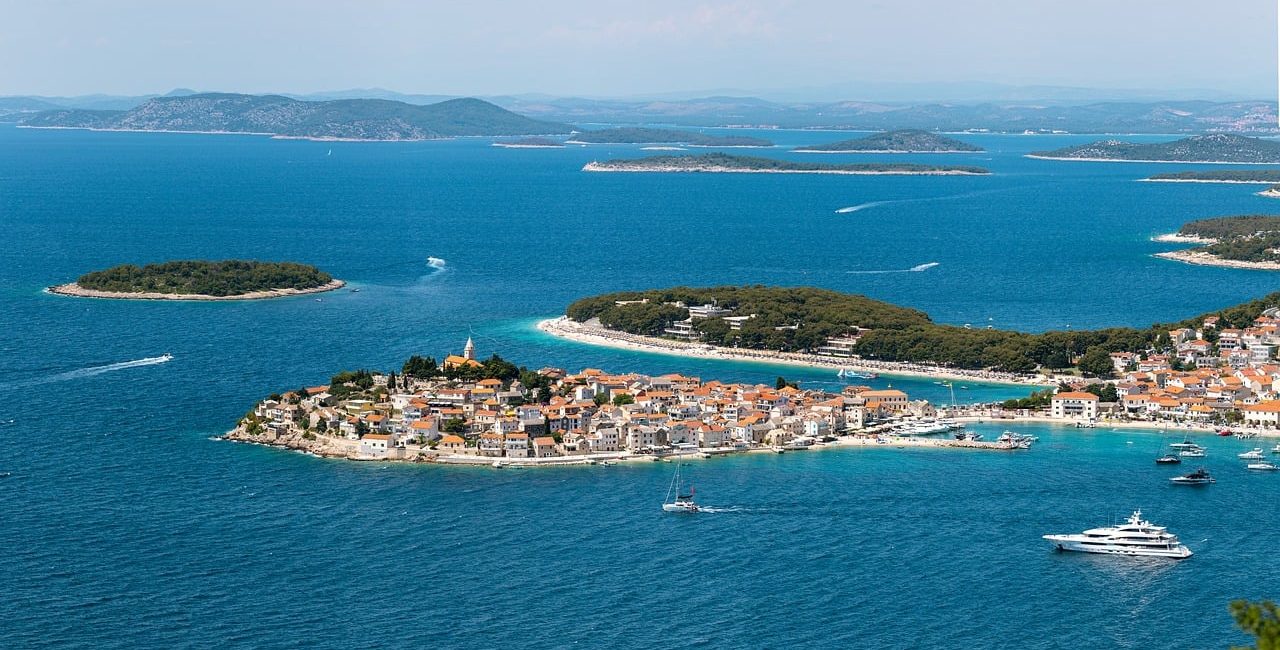This summer will be a record-breaker. And a dip on the Alicante shore is expected to be less refreshing than it has been in previous summers. For the first time in history, the surface temperature of the Mediterranean off the coast of Alicante in June is approaching 28 degrees. This prediction speaks well for a very hot summer, scorching nights, a sea temperature of around 30 degrees in August, and a high likelihood of a storm becoming more torrential in the autumn due to the energy gathered in the sea.
The Mediterranean is boiling. This weekend also brings the first particular heat wave warning, which will cover the majority of the Iberian Peninsula, including Alicante.
According to the State Ports network, the buoy offshore in front of the Postiguet hit 27.82 degrees on Tuesday, June 24th. This institution’s database, dating back to 2011, records an unprecedented occurrence. Temperatures in June have only risen above 27 degrees once before, in 2017, when they reached 27.28. However, in recent years, typified by very warm seawater in the summer, more typical of the Caribbean, the temperature in June was around 25 or 26 degrees, and in August it reached 28, 29, or even 30 degrees, with the latter occurring in 2023 (30.52 degrees for this same buoy).
The State Meteorological Agency (Aemet) confirmed this anomaly, indicating that temperatures around the Alicante coast are approximately 4 degrees above normal. Aemet clarified that on Wednesday, “the western Mediterranean is very warm, with areas of the Balearic Sea—the area between the Balearic Islands and the Levante—exceeding 27°C .”
Similarly, the Centre for Mediterranean Environmental Studies (CEAM) reported that the Mediterranean’s average sea surface temperature in June 2025 reached six of the top ten daily anomalies since 1982. For example, on June 23, the average temperature was 25.1 degrees.
A surprising rise
Jorge Olcina, director of the UA’s Climatology Laboratory, stated on yesterday, Wednesday June 25th, that “the rate at which the Mediterranean Sea has warmed this year is surprising,” Because temperatures were normal or even slightly cool until mid-May,” recalling the rainy spring we had in Spain, albeit it hasn’t been as rainy in the province.
Thus, he stated that “the second half of May and so far in June, the temperature increase has been very rapid.” We are generally at levels of 24-25, with individual peaks of 26 or more in the Balearic Sea, the Gulf of Valencia, and the Algiers basin, which is part of the province of Alicante and the region of Murcia.”
Persistence
Olcina said, “All of this is due to the succession of arrivals of Saharan air, particularly in the east of the peninsula.” In the west, there are still some impacts of atmospheric coolness with these danas and storms, but here, we haven’t noticed it; instead, we’ve had an accumulation of hot days.”
The wind chill is 31 degrees at night
This heat that is accumulating in the Mediterranean Sea basin “explains the very hot nights we are experiencing,” highlighting that to tropical nights – the mercury does not drop below 20 degrees – or equatorial nights – it does not drop below 25 – that is to say, a minimum of 24 or 25 degrees – we add a high degree of humidity, with 70%, and the thermal sensation for the human body is 30 or 31 degrees. “That is to say, we are experiencing really very hot nights as a consequence of the effect of a Mediterranean Sea that has been so warm since the beginning of June.”
Regarding the temperature of saltwater this summer, the professor of Regional Geographic Analysis stated, “We don’t know if we’ll hit 30 degrees. We got close last year and the year before,” stating that the pinnacle is achieved in early August, when “we’ll probably be above 28 or 29 degrees.”
The “DANA”
However, the scientist asserted that “the sea still stores all of this energy.” And we already know what happens when this occurs, resulting in unstable circumstances.” For example, he emphasised that despite high water temperatures, there could be no reports of severe rainfall. “A warm water does not raise the chance of further damage, but rather the likelihood of more heavy rains. There is no direct relationship. The main thing is to understand the atmospheric status, which is now unclear. Seawater stores energy and can fuel an unstable situation, thereby intensifying it.
Thus, he refers to it as “the ‘Mediterranisation’ of climate change. We live in a climate change-affected environment, which is especially obvious here due to the scorching sea off our coast. And this process has two consequences: first, we lose thermal comfort, particularly at night when it is quite hot; second, energy is collected, which can be mobilised during times of instability.”









No Comment! Be the first one.